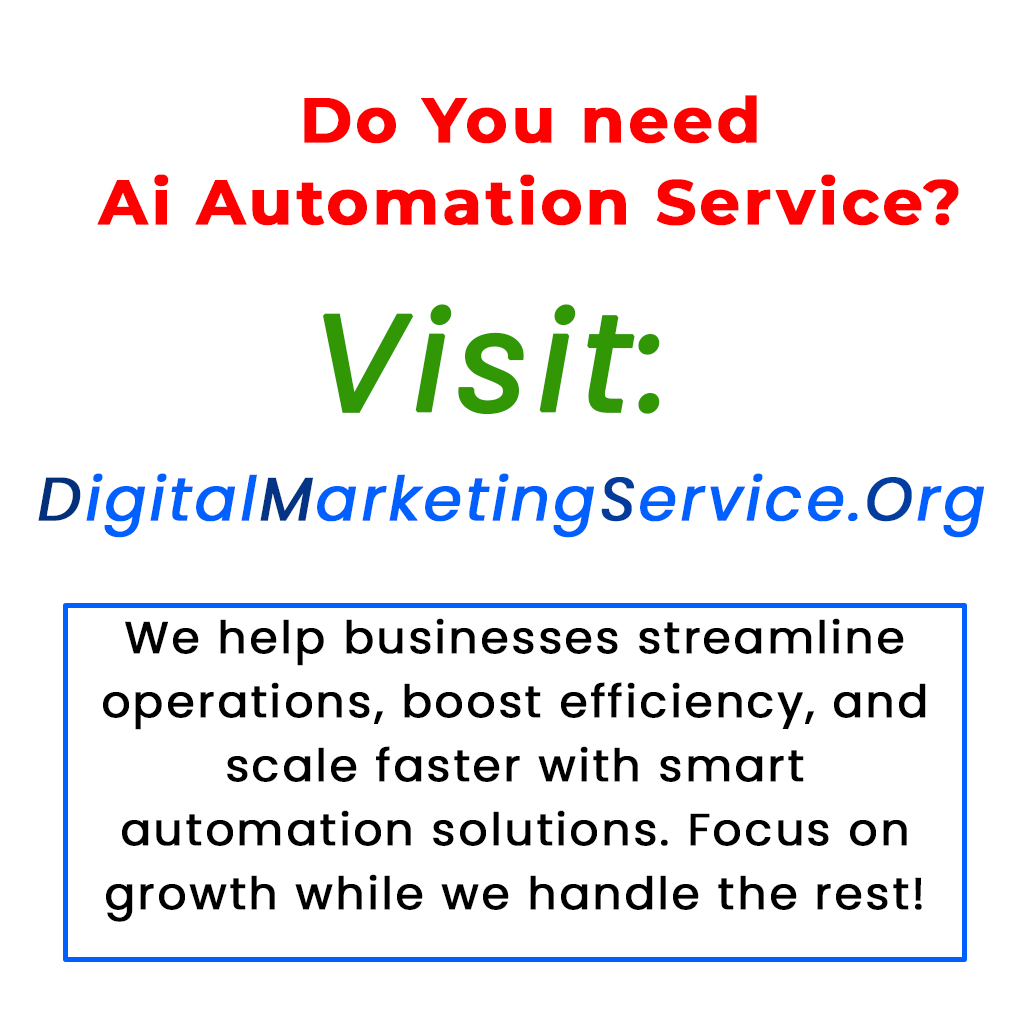A recent survey shows that many U.S. businesses expect significant returns on their AI investments but are struggling with implementation. While 57% anticipate up to four times their investment back within a year, over half are still refining their AI business cases and 41% haven’t moved past the proof of concept stage. Experts warn that without a clear AI strategy, initiatives may fail. Despite these challenges, organizations are proactively modernizing their systems and upskilling employees to adapt to AI changes. As companies work to integrate AI into their processes, prioritizing workforce readiness and creating a cohesive strategy are essential for unlocking the full potential of AI technologies.
A recent survey reveals that many companies are optimistic about their investments in artificial intelligence (AI), yet a significant number are struggling to move beyond the initial phases of development. The research indicates that 57% of business and government leaders in the U.S. anticipate up to a four-times return on investment from AI implementations, particularly looking for results within a year. However, over half are still in the process of building their AI business cases, with 41% remaining stuck at the proof of concept stage.
This situation raises important questions about the lack of a clear AI strategy among organizations. Discussions with clients frequently reveal a common dilemma: “Where do we start?” The answer lies in a well-defined strategy. Unfortunately, only 30% of organizations are actively developing a comprehensive AI strategy. This oversight can lead to isolated implementations that lack cohesion and fail to leverage AI’s full potential.
Key steps toward a successful AI strategy include understanding your organization’s “why.” This foundational element is crucial for guiding the development of new products and maximizing existing investments in technology. As firms prioritize adapting to the growth of generative AI, it is essential to consider the following questions:
– Has your business strategy been updated for AI’s anticipated impact?
– Are your teams prepared to address changes brought about by generative AI?
– Do your leaders grasp the significance and governance of AI technologies?
– What training will be necessary to empower employees to effectively use AI tools like Microsoft 365 Copilot?
The survey results are encouraging, showing that U.S. companies are taking essential steps to prepare for AI. For instance, 98% are fast-tracking plans to update outdated systems, and 97% are enhancing their cloud technology strategies. Additionally, 96% recognize that safeguarding sensitive data is critical for their reputation.
While building a robust foundation for AI, companies can also pilot smaller projects to test potential impacts before scaling. Partnering with experts can help organizations evaluate data and technology needs and support employee readiness.
Workforce adaptation to AI is equally critical. With 98% of organizations prioritizing employee upskilling and new job creation, focusing on change management ensures a smooth transition as AI technologies reshape work.
In conclusion, while the journey to AI integration presents challenges, organizations must act swiftly to avoid losing their competitive edge. A strategic approach focused on both technology and workforce preparedness is essential for unlocking the transformative benefits of AI.
Tags: AI Strategy, Business Intelligence, Workforce Readiness, AI Investment, Generative AI
What is the AI Dilemma in the U.S.?
The AI Dilemma is about companies wanting quick returns on their investments in artificial intelligence. Many feel stuck in the early stages of projects and aren’t seeing results fast enough.
Why are companies impatient for ROI with AI?
Companies are eager for quick returns because they want to prove the value of their investments. They often face pressure from stakeholders to show profits or improvements soon after starting AI projects.
What does “stuck in POC” mean?
“Stuck in POC” refers to businesses that are stuck in the Proof of Concept stage. This means they have not moved beyond testing their AI ideas to actually using them effectively in their daily operations.
How can companies overcome the AI Dilemma?
Companies can overcome the AI Dilemma by setting realistic goals and timelines. They should focus on building a solid foundation for their AI systems and investing in proper training and support for their teams.
What are some common challenges in implementing AI?
Common challenges include a lack of clear strategy, insufficient data, and resistance to change within the organization. Addressing these issues can help companies move forward with their AI initiatives.






